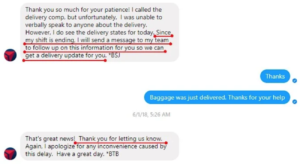YouTube Marketing: How to Kickstart Your Strategy
With over 2 billion worldwide active users, YouTube is the top choice for video marketing. But, with being the clear-cut winner comes a lot of competition. There are now more than 50 million content creators pumping out videos daily. With over 500 hours of content uploaded every minute, you are now tasked with figuring out how to make your content stand out among the crowd.
Whether you’re just starting out on YouTube or trying to improve your strategy, here are few tips to kickstart your marketing strategy.
Find what content performs best among your audience.
You can’t be successful on YouTube if your plan is to upload a video and just sit and wait for viewers to find it themselves. With loads of other options, your content and channel has to stand out.
The best way to do this is by creating fresh, original and entertaining content. Start by researching what works and what doesn’t. By knowing the trends and what’s popular among your audience, you can improve your content. The more effort you put into researching your audience and what they enjoy, the more insights you’ll have to use to assist you in creating your own content.
Pick catchy thumbnails and titles.
It’s no secret that to get more clicks on your video, it’s necessary to spark your viewers curiosity right off the bat. This requires something that can quickly grab people’s attention, while communicating what the video is about. Your thumbnail and title ultimately play the largest role in this. Your chosen title and thumbnail work together to build a viewer’s anticipation by giving a glimpse of the video, so making them eye-catching is essential.
Here are some tips on creating a thumbnail that stands out:
- Use an image of the most exciting part of your video.
- Set the size to 1280 x 720 px (16:9)
- Create a title that gives the thumbnail context.
- Include an attractive background.
Here are some additional tips on creating a clickable title:
- Include popular keywords.
- Consider using a question your viewers may be asking or searching.
- Make it concise and on-topic – aka don’t use click-bait or misleading titles.
Optimize your content with YouTube SEO.
One of the most essential aspects of marketing on YouTube that many aren’t aware of is SEO. Oftentimes people only think of using SEO when it comes to Google or other search engines. With such a large number of daily users, combined with billions of content being uploaded everyday, YouTube is almost another Google, but for strictly videos. SEO is essential to prevent your videos from just getting lost in the massive sea of content.
So, how do you go about optimizing your videos? With the use of tags, keywords, running A/B tests, staying on top of your statistics and researching competitors’ statistics. This can be a lot, especially when you’re just getting started, but there are a number of tools that can help, such as:
Not only can this help your content rank higher on YouTube, but on Google as well. Google has started favoring video content when it comes to search results. Meaning if you’re video is ranking well on YouTube, Google will want to make it easier to find and share.
Create a schedule and stick to it.
To be successful and drive engagement on YouTube you need to have a strong presence. This requires regular uploads, meaning at least once a week. This is because the number of videos being uploaded on YouTube continues to increase. To prevent yourself from getting lost among the crowd, you have to keep up.
Consistently uploading may be more work, but it’s extremely beneficial. It brings more engagement, more subscribers and more feedback, allowing you to improve and enhance your content delivery quickly.
We recommend creating a monthly calendar with your video topics, titles, tags, keywords and any other details you find helpful. If you have time, you could even create multiple videos in one sitting, so you don’t have to rush to create them each week.
More from Onimod Global
Onimod Global releases the latest digital marketing news and essential marketing tips every Tuesday and Thursday! To catch up on the top digital marketing news and trends, click here. To find out more about who we are and what we do, click here.



